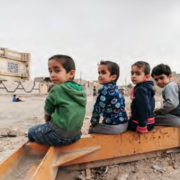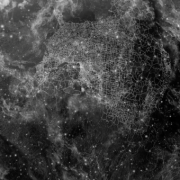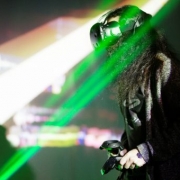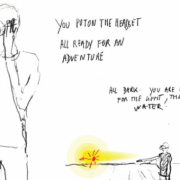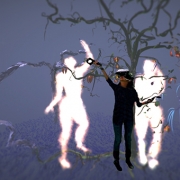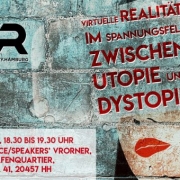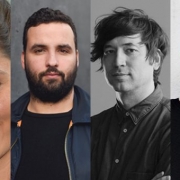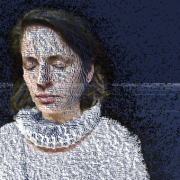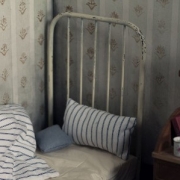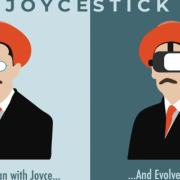What if your home becomes the place you fear? An Iraqi father returns to Fallujah to face the threat of improvised explosive devices (IEDs). Join him in his home and discover the unfolding of a tragic event.
“Home After War” is a room-scale, interactive virtual reality experience that takes you to Fallujah, a city that was, until recently, under Islamic State (IS) control. The war against IS has ended but the city is still unsafe. There’s one looming fear for returning refugees – booby trapped homes and improvised explosive devices (IEDs) in the neighbourhoods. Since the end of the war, thousands of civilians have died or been injured by IEDs.
________________________________________
Written and directed by: Gayatri Parameswaran
Executive Producer: Amy Seidenwurm
Creative Producer: Felix Gaedtke
Producer: Sandra Bialystok, Lauren Burmaster, Paula Cuneo,
NowHere Media Production
Production manager: Felix Gaedtke
Lead developer & UX designer: Anastasia Semenoff
Photogrammetry studio: Realities.io, David Finsterwalder, Daniel Sproll, Valerio Rizzo, Marcel Poppe, Shahriar Shahrabi
Local producer & Translator (Iraq): Suadad Al Salhy
Director of Photography (360° videos): Felix Gaedtke, Gayatri Parameswaran
Photogrammetry scans: Felix Gaedtke
Sound recordist: Ali Adnan
360° Editing: Gayatri Parameswaran
Post Production: Flight School
Music by: Leonard Petersen
Sound design: Studio am Fluss, Jana Irmert, Nils Vogel-Bartling
Voice over artist: Michael Matovu (Voiced by Mike)
Impact Producer: Catarina Gomes
Production assistants (Berlin): Mia von Kolpakow, Felix Franz
Translator and transcriber: Amor Belhaj Salah
Translation assistance: Basma Elmahdy, Karim Ali
Narrative Installation: Trix.space, Winnie Christensen, Ivana Rohr
Germany/USA/Switzerland/Iraq, 2018
